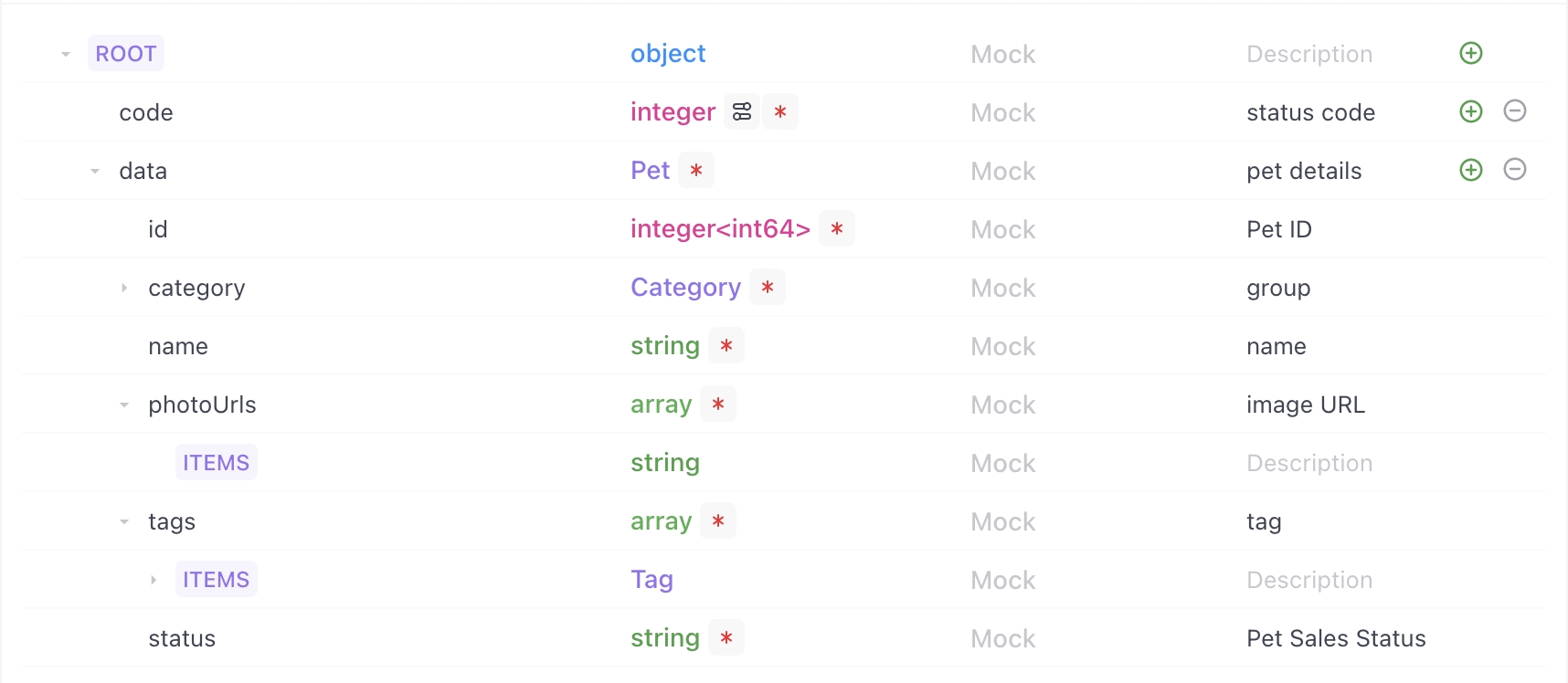In the world of API development, clarity and consistency are key to creating robust and user-friendly interfaces. The OpenAPI Specification (OAS) offers a standardized way to define and document APIs, and at the heart of this specification is the OpenAPI schema. Understanding how to leverage the OpenAPI schema effectively can greatly enhance the design, implementation, and maintenance of your APIs. This blog will explore what the OpenAPI schema is, its components, and how to use it in your API projects.
What is an OpenAPI Schema?
An OpenAPI schema is a formal definition of the structure and data types used in an API. It describes the input and output data formats, including the parameters, request bodies, responses, and objects involved in API operations. By defining these elements clearly, the schema ensures that both API developers and consumers have a common understanding of how the API should behave.
Key Components of OpenAPI Schema
Data Types
- The OpenAPI schema supports various data types, such as
string,number,integer,boolean,array, andobject. These types are the building blocks for defining the properties of your API.
Objects
- Objects in OpenAPI are collections of key-value pairs, where each key is a property name, and each value is its corresponding data type. Objects can be nested, allowing for complex data structures.
Arrays
- Arrays represent ordered lists of items. The schema allows you to define the type of items in the array, whether they are primitives, objects, or even other arrays.
Enums
- Enumerations (enums) are a way to define a fixed set of values for a property. This is useful when you want to limit the possible inputs to a predefined list, such as a status field with values like
pending,approved, andrejected.
Required Properties
- The
requiredkeyword specifies which properties must be included in the data structure. If a property is marked as required, the API consumer must provide a value for it.
Default Values
- Default values can be assigned to properties, allowing the API to use a predefined value when one is not provided by the consumer.
Examples
- Examples are optional but incredibly useful for providing clarity. They help API consumers understand the expected format of the input and output data by providing concrete examples.
Validation Rules
- The OpenAPI schema can include validation rules, such as
minimum,maximum,pattern, andlengthconstraints. These rules ensure that the data adheres to specific formats and ranges, reducing errors.
How to Use OpenAPI Schema in API Development?
1. Define Your Data Models
- Start by defining the objects, arrays, and data types that represent the entities in your API. This could include models for users, products, orders, or any other domain-specific objects.
2. Create Reusable Components
- OpenAPI allows you to define reusable schema components. These components can be referenced throughout your API specification, promoting consistency and reducing redundancy.
3. Document API Endpoints
- Use the schema to document the input parameters, request bodies, and responses for each API endpoint. This makes it easier for developers to understand how to interact with the API.
4. Implement Validation
- Leverage the validation rules in the schema to enforce data integrity. By specifying constraints directly in the OpenAPI schema, you can automatically validate incoming requests and outgoing responses.
5. Generate API Documentation
- Tools like Apidog or Swagger UI can automatically generate interactive API documentation from your OpenAPI schema. This documentation is invaluable for developers who need to integrate with your API.
6. Use Schema in Testing
- Integrate the OpenAPI schema into your testing framework to validate API responses and ensure they conform to the expected structure. This can help catch issues early in the development process.
Benefits of Using OpenAPI Schema
- Consistency: The schema enforces a consistent data structure across your API, reducing the risk of errors and misunderstandings.
- Automation: Many tools can automatically generate code, documentation, and tests from the OpenAPI schema, speeding up development and ensuring accuracy.
- Clarity: The schema provides a clear and unambiguous definition of your API’s behavior, making it easier for developers to understand and use.
- Interoperability: By adhering to the OpenAPI Specification, your API is more likely to be compatible with third-party tools and services, facilitating integration.
Designing Schemas with Apidog
Apidog is an innovative tool that simplifies the process of designing these schemas, enabling developers to efficiently manage and document their APIs. Let's explore how to use Apidog to create schemas that enhance your API's clarity, usability, and overall quality.
What is Apidog?
Apidog is a user-friendly API development and testing tool that streamlines the entire API lifecycle, from design to testing and documentation. It is designed to help both novice and experienced developers manage their APIs, making it easier to create, organize, and share schemas.
With Apidog, you can visualize your API structures, generate comprehensive documentation, and facilitate collaboration among team members, enhancing productivity and clarity throughout the development process.
Step-by-step Guide to Design API Schemas Using Apidog

Check out this step-by-step guide on designing API schemas using Apidog:
Step 1: Setting Up Your Apidog Account
To start designing schemas with Apidog, you'll first need to create an account on their platform. Once logged in, you can create a new project or open an existing one.
Step 2: Navigating to Schema Designer
Upon entering the project, go to APIs. On the panel, you can see "Schema".

Step 3: Creating a Schema
1. Create a New Schema: Click on "+New Schema" to create a new blank schema.

2. Define the Schema: Start building your schema by adding a new object. Define the properties of your object, specifying data types such as string, integer, boolean, and more.

You can also generate the schema from JSON:

Step 4: Save the Schema
Click on "Save" to save the API schema.
Using the API Schema Created by Apidog
Apidog offers a user-friendly interface for designing and managing OpenAPI schemas. With Apidog, you can visually create and modify schemas, ensuring that they are both comprehensive and easy to understand. By creating schema at Apidog, you can also facilitate API design and development process as well. Here are two main things you can do with the created schema:
1. Generate Ready-to-go Code: When you have created the schema successfully, you can generate codes of different languages for direct deployment in your project:

2. Referenced in API design: When you are designing endpoint at Apidog, you can easily design the response params by referencing to the created schema:

By leveraging Apidog's schema tools, API designers can ensure that their APIs are not only technically correct but also easy to maintain and extend. Whether you're building a simple CRUD API or a complex microservices architecture, Apidog provides the tools needed to streamline your API design process.
Conclusion
The OpenAPI schema is a powerful tool for defining, documenting, and validating your API’s data structures. By mastering its components and best practices, you can create APIs that are not only robust and reliable but also easy to understand and integrate with. Whether you’re building a simple API or a complex microservices architecture, the OpenAPI schema is an essential part of your toolkit.

